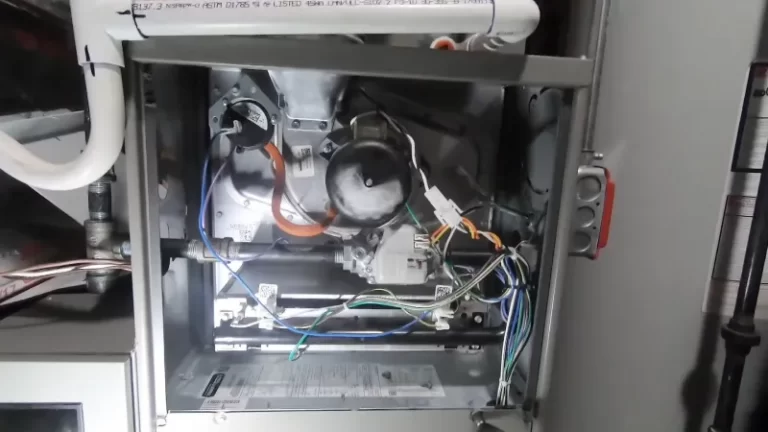California Power Companies Propose Fixed-Rate Charge Based on Income: Good or Bad?
California power companies roll out fixed-rate bill proposal: Is it good or bad?
If you live in California and use electricity from one of the three major utility companies in the state, you may soon see a big change in your monthly bill. Southern California Edison, Pacific Gas & Electric, and San Diego Gas & Electric have filed a joint proposal to the California Public Utilities Commission (CPUC) to implement a fixed-rate charge based on income, instead of the current variable rate based on usage.
The proposal is a result of Assembly Bill 205, which was passed last year and required utility companies to simplify their billing and lower their rates per kilowatt hour. The bill also aimed to provide more transparency and stability for customers, especially those who are low-income or face energy insecurity.
According to the proposal, customers would pay a fixed charge every month that ranges from $15 to $128, depending on their income level and which utility company they use. The fixed charge would cover the costs of maintaining and operating the electric grid, as well as other public programs and initiatives.

In addition, customers would pay a reduced usage charge based on how much electricity they consume, which would be about 33% lower than the current rate.
The utility companies claim that this new rate structure would benefit millions of customers, especially those who are low-income or use less electricity than average. They estimate that about 1.2 million low-income customers in Edison and PG&E territories would see their bills drop by 16% to 21%, while about 2.5 million customers in SDG&E territory would see their bills drop by 9% to 14%.
They also argue that the fixed charge would provide more predictability and transparency for customers, as well as encourage energy efficiency and conservation.
However, not everyone is happy with the proposal. Some consumer advocates and environmental groups have criticized the plan as unfair and regressive, saying that it would penalize customers who use more electricity than average or have higher incomes.
They contend that the fixed charge would reduce the incentive for customers to save energy or invest in renewable sources, such as solar panels or electric vehicles. They also worry that the income-based tiers would be difficult to verify and administer and that some customers may not qualify for the lower rates due to their household size or other factors.
The CPUC will review the proposal and make a final decision by mid-2024. If approved, the new rate structure could take effect as soon as 2025. In the meantime, customers can voice their opinions and concerns through public hearings or online comments.
The utility companies have also launched websites and outreach campaigns to inform and educate customers about the proposal and its potential impacts.
The fixed-rate bill proposal is a major change for California’s electric system and its customers. It has both pros and cons, depending on how you look at it.
Whether it is good or bad for you may depend on your income level, your electricity usage, your energy preferences, and your environmental values.
Pros of the Fixed-rate Bill Proposal
- Provides predictability and stability: The fixed-rate bill proposal would offer customers more predictability and stability in their monthly bills, as they would pay a consistent amount every month regardless of how much electricity they use.
- Reduces bill shock for low-income customers: Low-income customers who struggle to pay their electricity bills could benefit from this proposal, as their bills would be reduced by up to 21%.
- Encourages energy efficiency: By lowering the usage charge, the proposal would encourage customers to use less electricity and invest in energy-efficient appliances and technologies.
- Promotes equity: The income-based tiers of the fixed charge would ensure that low-income customers pay a lower rate than higher-income customers, which promotes equity and fairness.
- Supports public programs and initiatives: The fixed charge would help fund public programs and initiatives related to energy conservation, renewable energy, and other social and environmental goals.
Cons of the Fixed-rate Bill Proposal
- Penalizes high-usage customers: High-usage customers would pay a higher bill under this proposal, which could discourage them from investing in renewable energy or energy efficiency.
- Reduces the incentive to save energy: By reducing the usage charge, the proposal could reduce the incentive for customers to save energy or invest in renewable sources, as the savings would be lower.
- Could be difficult to administer: The income-based tiers could be difficult to verify and administer, leading to confusion and frustration among customers.
- May not benefit all low-income customers: Some low-income customers may not qualify for the lower rates due to their household size or other factors, which could create inequality and unfairness.
- Could lead to less revenue for the utility companies: The proposal could lead to less revenue for the utility companies, which could affect their ability to maintain and upgrade the electric grid and provide reliable service to customers.
Final Words
The proposed fixed-rate charge based on income has sparked debate. While it aims to make energy costs more equitable, it may burden middle-income households. For more insights on energy efficiency, explore our articles on 13 SEER vs 15 SEER and how often should you clean your air conditioner. If you’re considering home upgrades, like adding a footing to an existing slab, proper planning ensures long-term savings.


